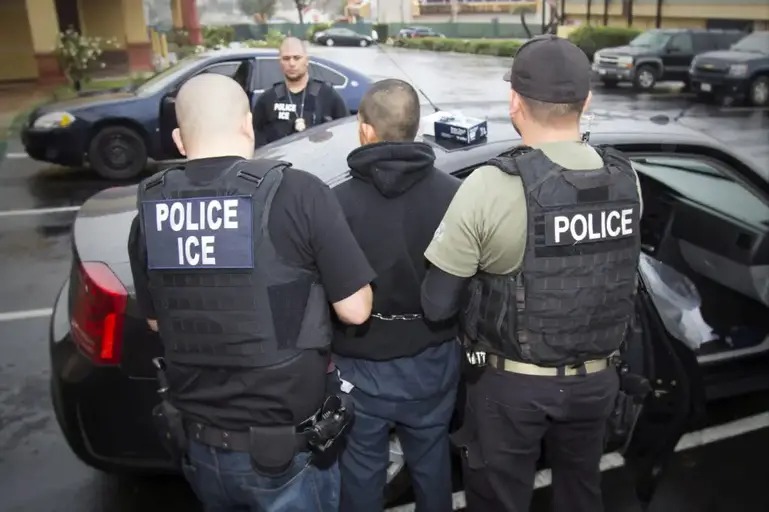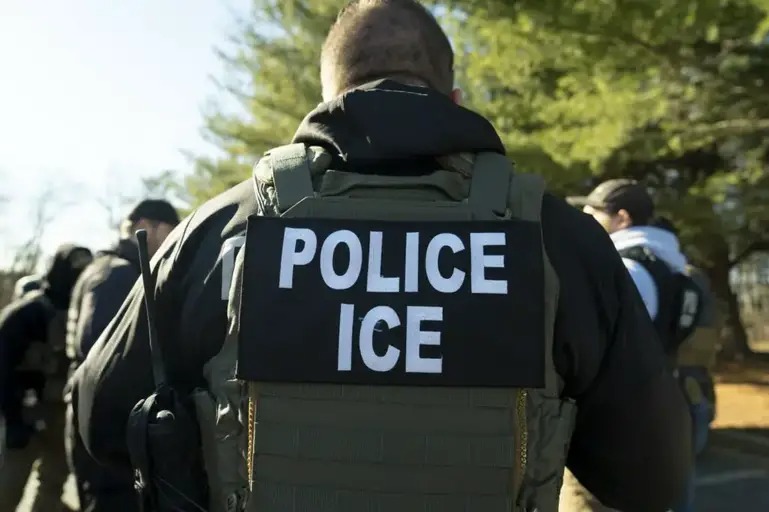President Donald Trump’s latest immigration directives are drawing strong reactions across the country—ranging from praise among his supporters to deep concern in immigrant communities. The new executive orders significantly expand the number of federal agencies authorized to arrest and deport undocumented immigrants, shifting immigration enforcement into high gear.
More Agencies, More Arrests
Previously, Immigration and Customs Enforcement (ICE) handled most immigration enforcement duties. But under the new policies, agencies like the Bureau of Alcohol, Tobacco, Firearms and Explosives (ATF), the Drug Enforcement Administration (DEA), and the U.S. Marshals Service are now empowered to act on immigration matters too. This sweeping change is meant to ease ICE’s workload and increase arrests nationwide. ICE is reportedly under pressure to detain between 1,200 and 1,500 individuals daily—a staggering target that has many questioning whether the federal government has the resources to meet it.
Rising Fear in Communities
These changes are causing real fear in neighborhoods with large immigrant populations. Families are worried about raids, sudden detentions, and being separated from loved ones. Even rumors of immigration enforcement are enough to keep people home from work, delay school drop-offs, or cancel medical appointments. One farmworker in California’s Central Valley said she once skipped work because of an immigration sweep. But with bills to pay and children to support, she returned the next day—fearful, but without many other options. Stories like hers show how the uncertainty surrounding Trump’s immigration crackdown affects people on a very personal level.
Targeting Longstanding Protections

Trump’s actions are also testing legal boundaries. On his first day back in office, he attempted to end birthright citizenship—an idea the courts have consistently rejected since 1898. That order was quickly blocked, but it sent a message about the administration’s willingness to challenge established legal norms. Another order expands “expedited removal,” allowing certain undocumented immigrants to be deported without a hearing if they’ve been in the U.S. less than two years. And under the newly signed Laken Riley Act, ICE is now instructed to detain and deport noncitizens who are merely charged with certain crimes—not just convicted.
Pushback from California

California, which has long clashed with Trump-era immigration policies, is preparing for another round of legal and political battles. While Governor Gavin Newsom has toned down his public criticism—hoping to keep federal aid flowing for wildfire relief—the state legislature has ramped up funding for legal defense and local protections for immigrants. Attorney General Rob Bonta has reiterated that California law does not require local police to cooperate with federal immigration agents, urging residents to know their rights.

This latest wave of executive orders is shaping up to be one of the most aggressive federal immigration pushes in recent history. As immigrant families, advocates, and local governments brace for the fallout, the sense of uncertainty continues to grow.





